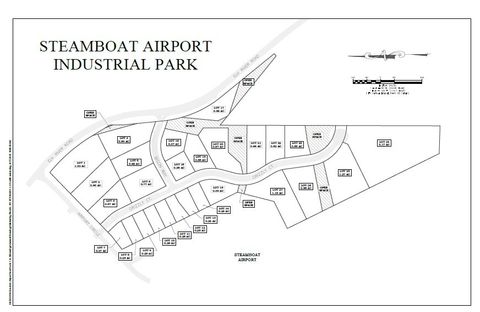Tuesday, December 16, 2008
Pending home sales eased against a deteriorating economic backdrop but remain in a stable range, according to the National Association of Realtors®.
The Pending Home Sales Index, a forward-looking indicator based on contracts signed in October, slipped 0.7 percent to 88.9 from an upwardly revised reading of 89.5 in September. It is 1 percent below October 2007 when it was 89.8.
“Despite the turmoil in the economy, the overall level of pending home sales has been remarkably stable over the past year, holding in a generally narrow range,” says Lawrence Yun, NAR chief economist. “We did see a spike in August when mortgage conditions temporarily improved, which underscores two things – there is a pent-up demand, and access to safe, affordable mortgages will bring more buyers into the market.”
Conditions remain uneven around the country, but some areas that are showing healthy gains in pending home sales from a year ago include many Florida and California markets; Providence, R.I.; Lansing, Mich.; Oklahoma City; and Las Vegas.
By the Region
Here’s what the PHSI showed across the country:
- South: jumped 7.8 percent to 95.9 in October but remains 2.9 percent below a year ago.
- Northeast: rose 0.6 percent to 68.1 but is 14.1 percent below October 2007.
- Midwest: declined 4.3 percent to 79.7 in October and is 6.8 percent below a year ago.
- West: fell 8.7 percent to 103.7 but is 17.4 percent higher than October 2007.
The Economic Forecast
New-home sales: for 2008 should total 486,000 this year, decline to 393,000 in 2009 and then grow to 446,000 in 2010. Housing starts, including multifamily units, are projected at 934,000 units in 2008 and 731,000 next year before rising to 772,000 in 2010.
Existing-home sales: looking at middle-ground assumptions, existing-home sales are forecast to total 4.96 million this year, and then increase to 5.19 million in 2009 and 5.55 million in 2010.
Home prices: “Price projections are challenging in an environment with so many variables and divergent local conditions,” Yun says. “The home price correction to date has brought prices in line with fundamentals, but buyer pessimism could cause prices to overshoot downward, resulting in further economic deterioration.” NAR’s housing affordability index is likely to remain quite favorable, averaging 138 in 2009.
Unemployment rate: is estimated at 7.2 percent in the first quarter, rising to 8.3 percent by the end of 2009.
Inflation: as measured by the Consumer Price Index, is seen at 0.7 percent in 2009. Inflation-adjusted disposable personal income is expected to grow 1.5 percent in 2009.
GDP: Yun expects growth in the U.S. gross domestic product (GDP) to contract through the first half of 2009, then stabilize and expand in latter part of the year – lifted by a home sales recovery.
“Given the critical role of housing in an economic recovery, we’re confident sufficient stimulus will be offered to bring more buyers to the market,” he says.
Could a Drop in Interest Rates Help?
The 30-year fixed-rate mortgage will probably decline to 5.6 percent in the first quarter, rise slowly to 6 percent by the end of 2009, and average 6.2 percent in 2010.
NAR President Charles McMillan says he’s hopeful about considerations by the U.S. Treasury to help the housing market.
“Efforts to bring down mortgage interest rates demonstrate a clear understanding of the role housing plays in stabilizing the economy,” McMillan says. “We’re very encouraged by all of the proposals getting serious consideration in Washington to help home buyers. More sales will stabilize home prices by bringing down inventory, and would lessen foreclosure pressure.”
Source: National Association of Realtors



























